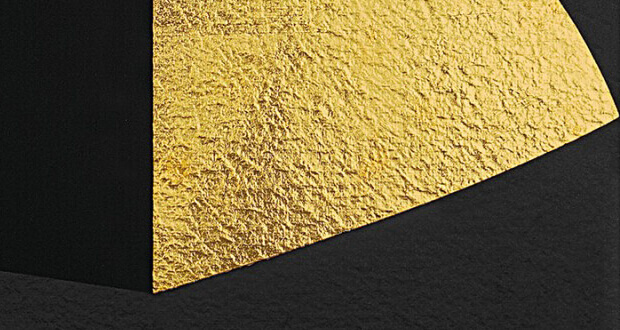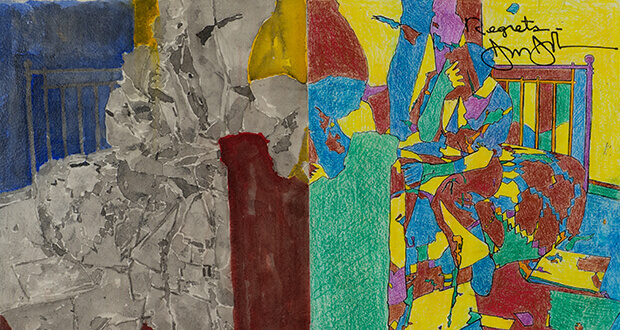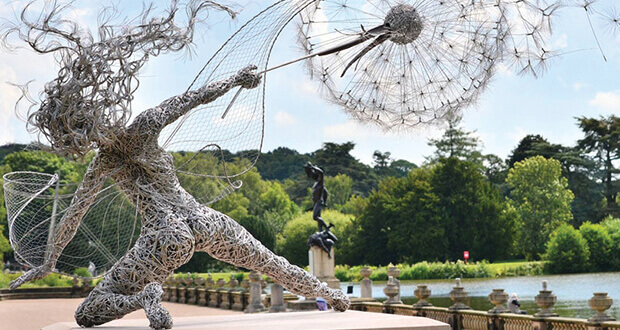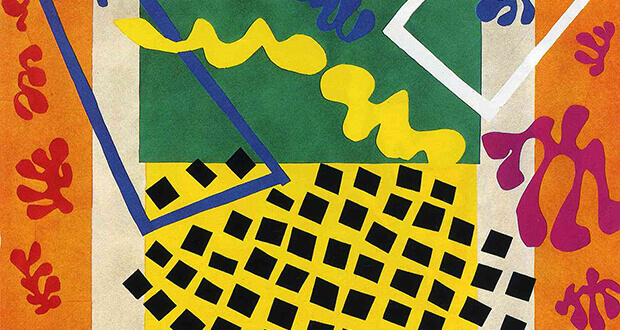The artist born in 1915 in the small Umbrian town of Città di Castello embodies the turning point in the artistic language of visual art after the Second World War.
Burri’s work recalls in form cubist collages and surrealist fantasy constructions and sculptures. He often fulfill the composition with red paint, black oil, or small touches of yellow or white, Burri’s collages reflects nihilism and anger, illustrations of poetic metaphors of suffering. The beauty of his works is made of inorganic presence and technological materials, representing a commentary on modern industrialization. Burri combined corroded metal with ashes, wood, and paint in order to recreates and evokes injured flesh, the brutality of war and the technological wastes. In the late 1980s and 1990s, Burri focused his work on Cellotex, a compound derived from the scission of cellulose, and on variations of tone and texture of the paint.
The European Parliament promotes an exhibition dedicated to the Italian artist, starting from January 28. Here you will be exposed to the cycle of ten works “Gold and Black” created by Alberto Burri in 1993, donated by the Uffizi Gallery in Florence. Burri wants to break the painting limits in order to interact strongly with the surrounding, establishing a rhythmic turnover of black and gold, subjects and different shapes.
The exhibition is sponsorized by Parliamentary Union, Italian Ambassador and the heads of the Fondazione Palazzo Albizzini Collection Burri.







